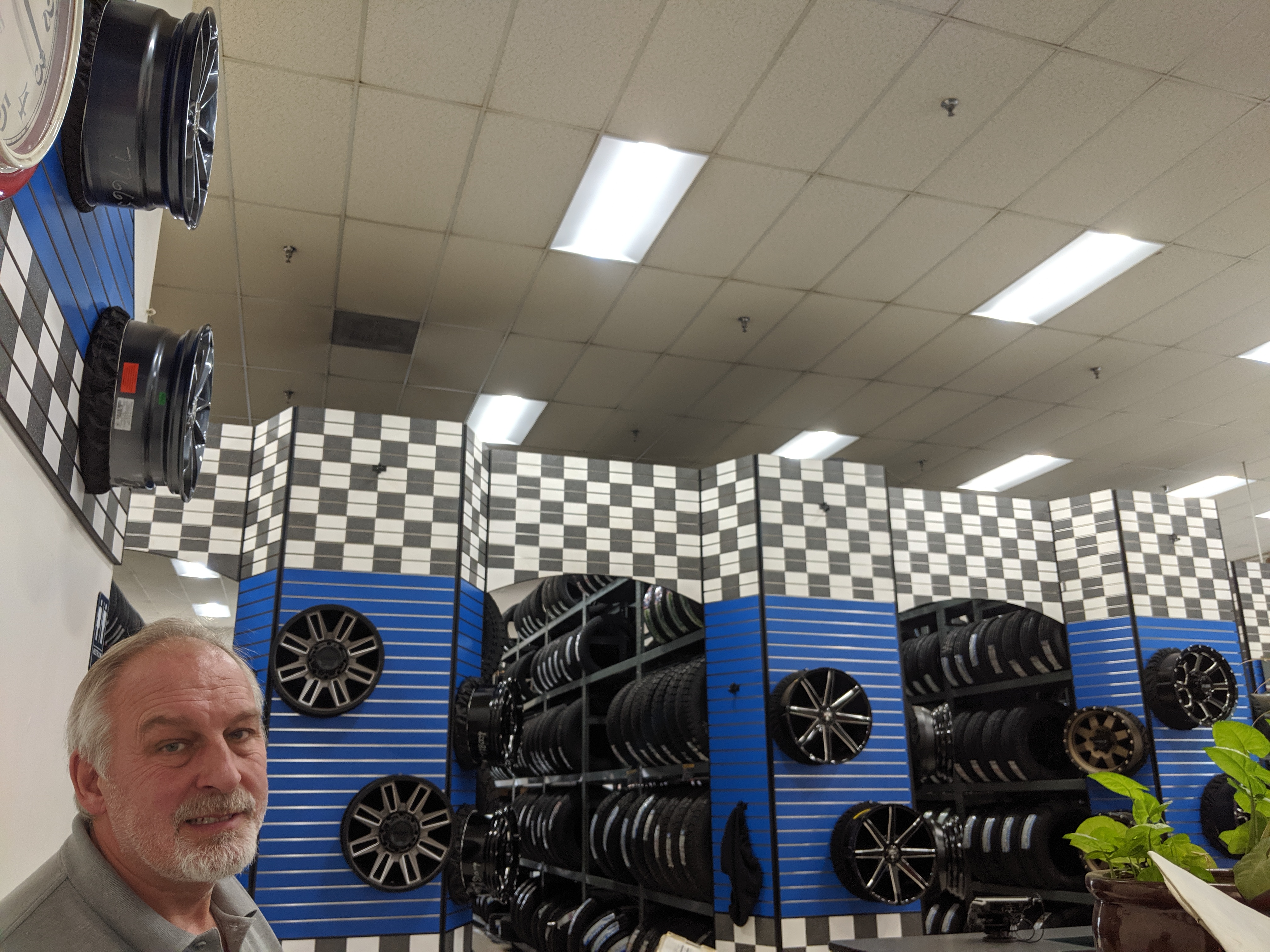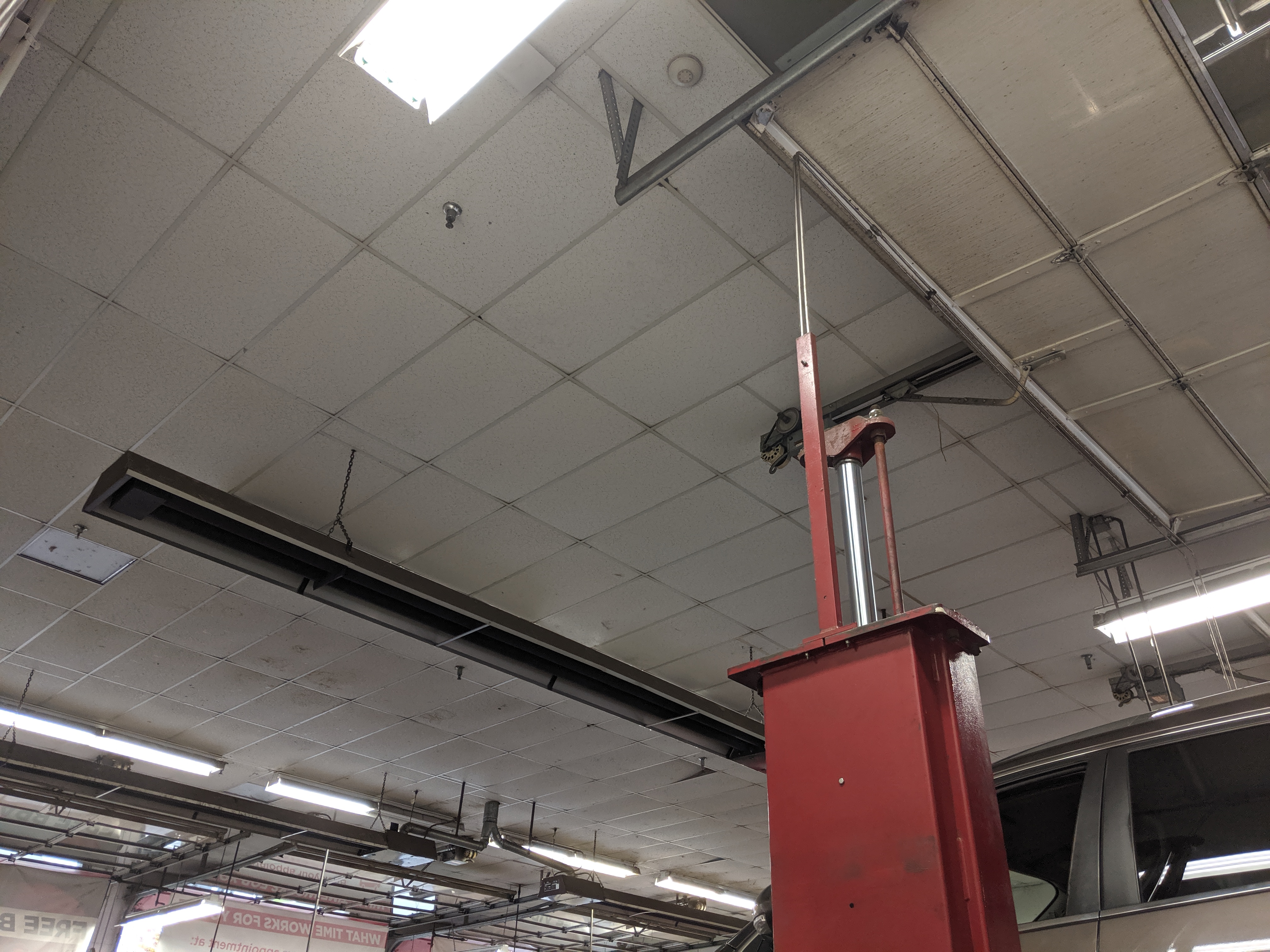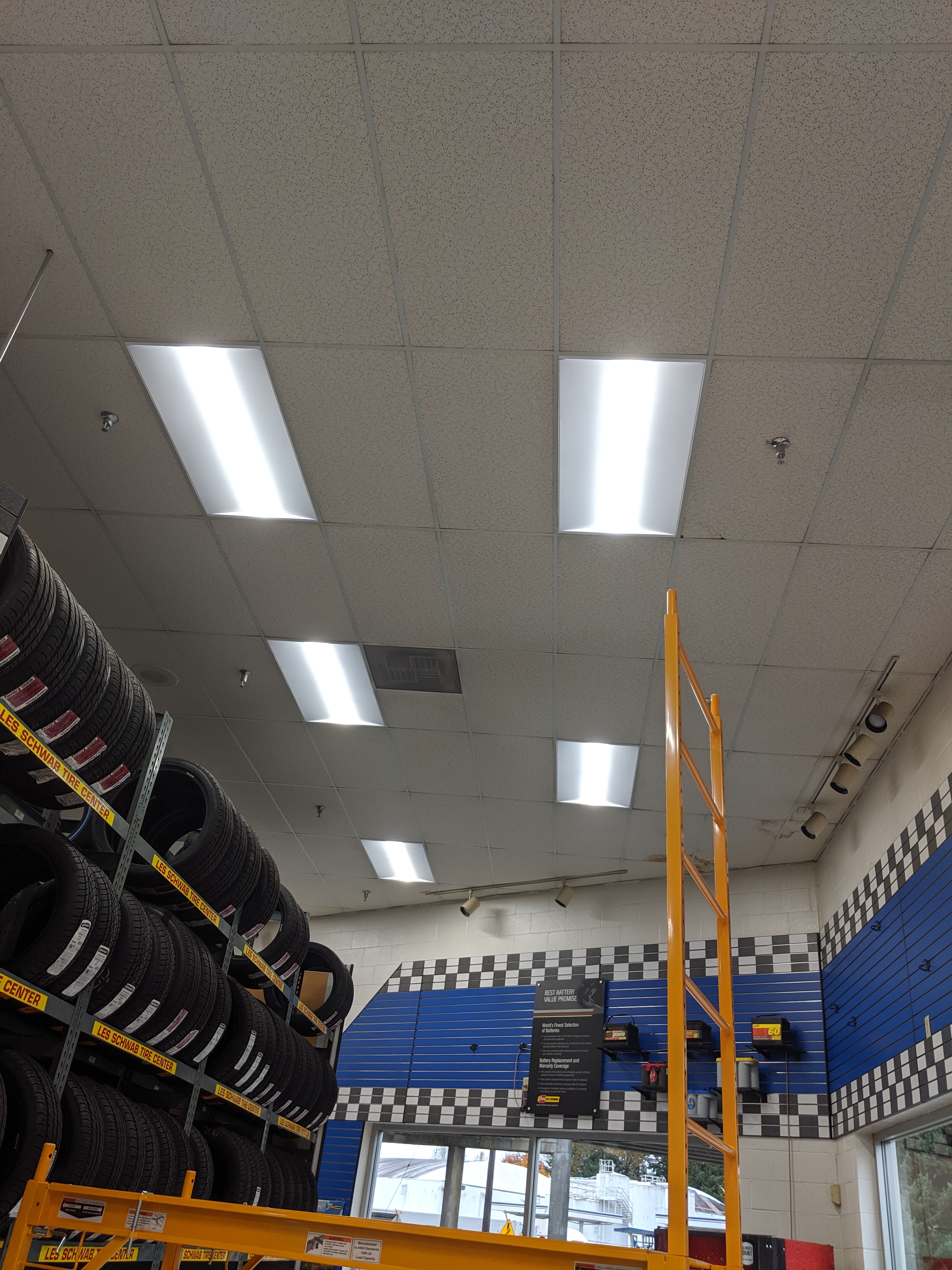Homeowners know that saving energy is a sure way to save money.
An easy way to find out how to save energy is to perform a self-audit of your home with an analysis of your home’s current energy use, as well as clear ways to both increase your home’s efficiency and lower your utility bills.
Once you’ve begun to make energy improvements—and seen lower bills—you can continue to increase your energy efficiency with the following energy savings tips: smart ways to save from floor to ceiling, from inside to out—all year round.
Using energy wisely can reduce consumption and save money on utility bills.
1. First and foremost, have your furnace and gas appliances serviced annually by a
qualified contractor to ensure safety and maximum energy-efficiency. As you
“tighten up” your home for energy-efficiency, you may even want to install a CO
detector for added safety.
2. When buying a new heating system or appliance, compare energy-efficiency
ratings and annual operating costs. A slightly higher initial cost for a high efficiency
unit could pay itself back in a very short time through energy savings
and lower utility bills.
3. Put on your favorite sweater and set your thermostats between 65 and 68 degrees
during the winter. For sleep hours, set the temperature at least 5 degrees lower and
add a cozy blanket to your bed. When away from home for more than a few
hours, set your thermostat at 58 degrees. (Warmer temperatures are recommended
for homes with ill or elderly persons or infants).
4. Install a programmable thermostat and set it to accurately follow your schedule.
If no one is home during the day, there’s no need to keep your house toasty. Using
a programmable thermostat, you can adjust the times you turn on the furnace or
air-conditioner according to a pre-set schedule. Programmable thermostats can
store and repeat multiple daily settings (six or more temperature settings a day)
that you can manually override without affecting the rest of the daily or weekly
program.
5. Adjust registers to keep specific rooms of your home at a desired temperature.
Heat rises, so you may want to partially close upstairs registers.
6. Seal leaks around doors, windows and other openings, such as pipes or ducts, with
caulking or weather-stripping. The amount of energy wasted through poorly
insulated windows and doors in this country is about as much energy as we get
from the Alaskan Pipeline each year.
7. If pipes or ducts run through unheated areas, insulate them.
8. Close vents and doors in unused rooms.
9. Use draperies, awnings, blinds or shutters on all windows to slow the loss of heat
through the glass. In winter, keep window coverings open on sunny days to let the
sun’s warmth in and close them at night to insulate against cold, outside air. Use
drapes, shutters, awnings, shade trees, glass with reflective film or solar screens to
keep sunlight out in the summer.
10. Rearrange furniture by placing it against inside walls — you’re less likely to feel
cool drafts if you’re not sitting next to the outside walls.
11. Avoid blocking heating registers and air returns with furniture, draperies or
carpet.
12. Consider storm or thermal windows and doors or double-paned glass. A less expensive
alternative is plastic sheeting, which can be temporarily fastened over
doors and windows to retain heat or air conditioning.
13. Purchase some inexpensive, pre-cut insulation gaskets and seal out the cold air
entering your home through electrical switches and outlet plates, particularly
those on outside walls.
14. A dirty furnace filter can drive up the cost of heating your home. Change or clean
filters in heating and cooling units twice a year.
15. Check to see if your attic, crawlspace and/or basement have recommended levels
of insulation. Add insulation as needed.
16. A humidifier — either on your furnace or as a separate unit — can help control
heating costs. You’ll feel warmer in moist air, so you can set your thermostat
lower.
17. Closets and cabinets on outside walls can leak a great deal of air, so make sure the
doors fit snugly and keep them tightly closed.
18. If you have ceiling fans, make sure the mountings are snug and tight. Use clear
caulking to seal any leaks. Even minor cracks around the base can let in lots of
cold air.
19. Use kitchen, bath and other ventilating fans sparingly in cold weather. In just one
hour, these fans can blow away a household of warm air.
20. Set water heater temperature at 120 degrees and install water-flow restrictors in
showerheads and faucets. Water-saving showerheads and faucet aerators save up
to 50% on your water use. Simply unscrew the old one and screw on the new one.
21. Drain sediment from the water heater tank at least annually. Turn the temperature
control to “off”. Attach a garden hose to the spout at the bottom of the tank and
place the other end in a floor drain. Open the valve and drain the water. Removing
sediment promotes proper heat exchange and extends the life of the water heater.
Check your water heater manual before draining.
22. Repair leaky faucets promptly. A leaky faucet wastes gallons of water in a short
period of time.
23. Be sure that dishwashers, washing machines and clothes dryers are fully loaded
before running.
24. You may not realize that your fireplace is one of the most inefficient heat sources
you can possibly use. It literally sends your energy dollars right up the chimney –
along with volumes of warm air. A roaring fire can exhaust as much as 24,000
cubic feet of air per hour to the outside. The warm air is replaced by cold air
coming into the house from the outside. Your heating system then works overtime
to warm up this air — which is then exhausted through your chimney. Keep your
fireplace damper closed unless a fire is going. Keeping the damper open is like
keeping a 48-inch window wide open during the winter since it allows warm air to
go right up the chimney. Don’t use your gas fireplace or gas logs to try and heat
your home. Use them for decorative purposes only. Don’t use your gas range to
heat your home either. Just use it for its intended purpose — cooking.
25. If you never use your fireplace, plug and seal the chimney flue.
Energy-savings are based on information from the Department of Energy’s website at
www.doe.gov.


